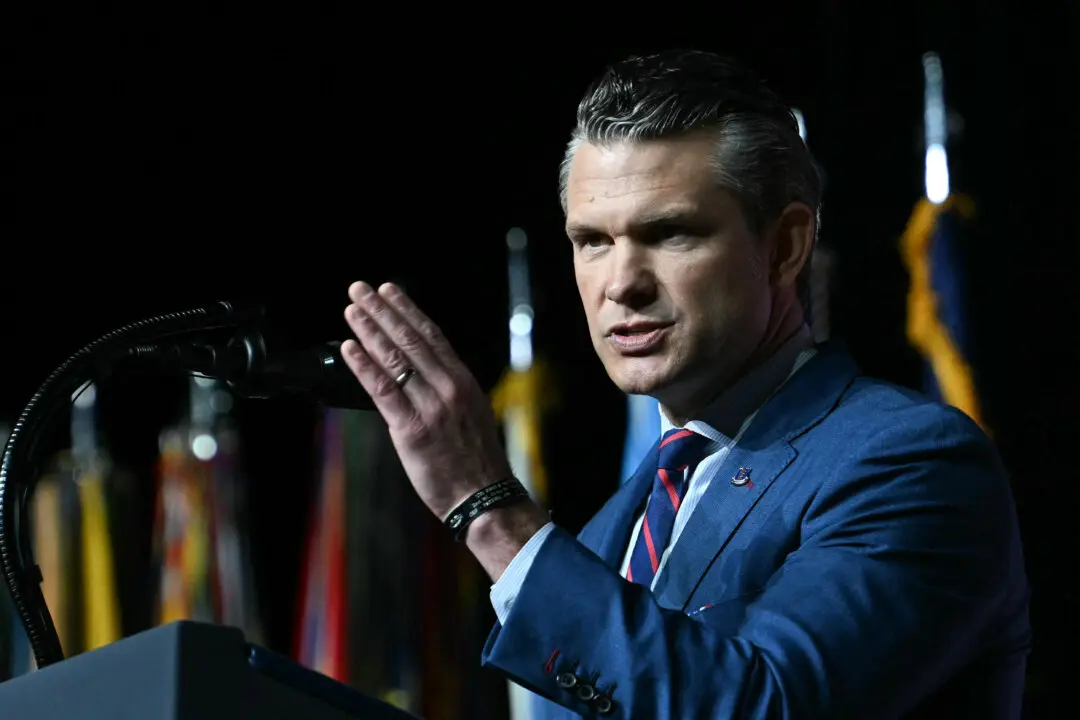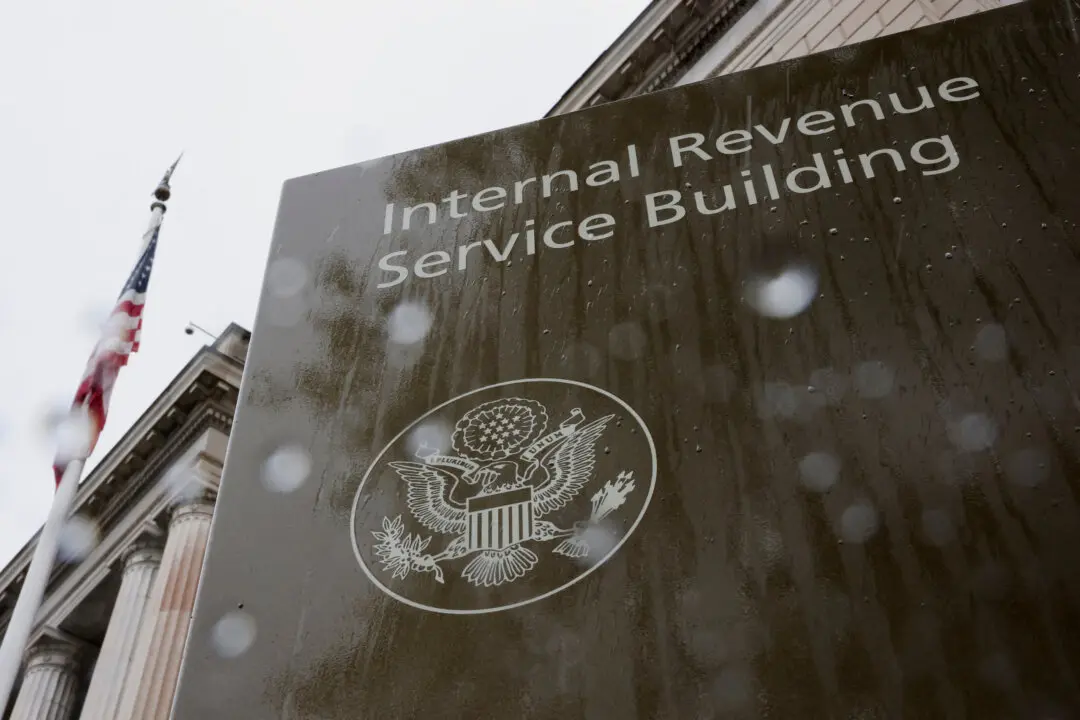The Federal Aviation Administration (FAA) issued a ground stop at New York City’s LaGuardia Airport due to Canadian wildfire smoke.
“The FAA has slowed traffic to and from the New York City area airports due to reduced visibility from wildfire smoke,” the FAA said in a statement to news outlets. “The agency will adjust the volume of traffic to account for the rapidly changing conditions.”





